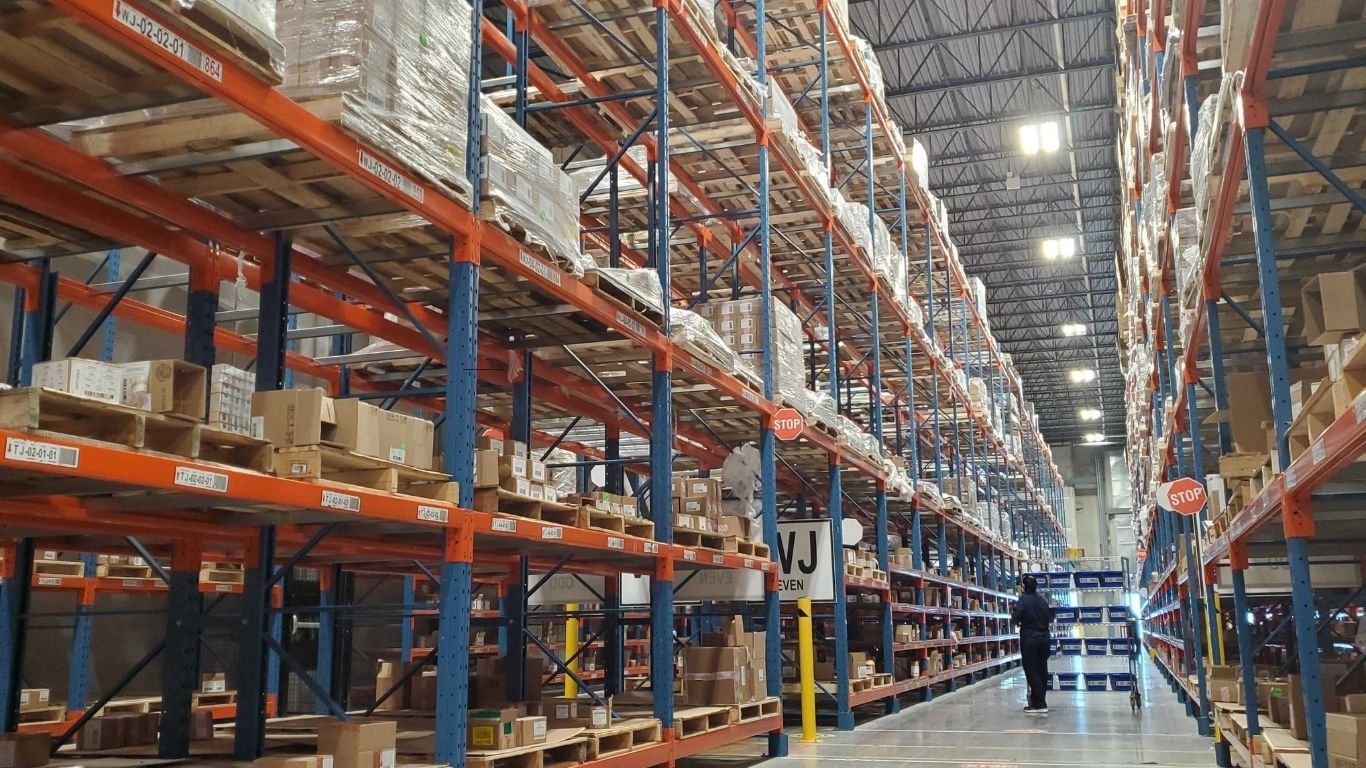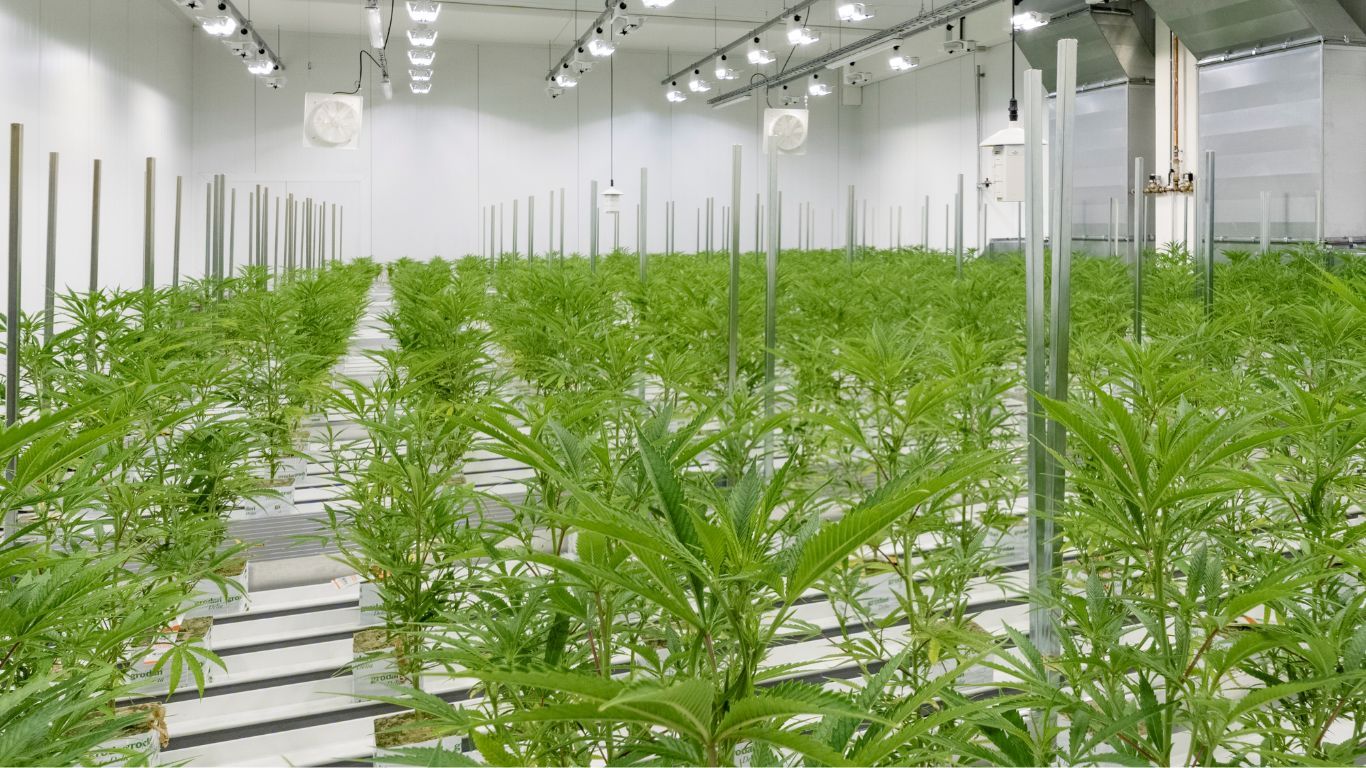
The inclusion of some small changes to how Canadian cannabis companies operate and pay their taxes as part of a recent bill tabled in Parliament is a lifeline, but it might not be enough, say some in the industry.
The federal government tabled Bill C-32, An Act to implement certain provisions of the fall economic statement, in the House of Commons on November 3, 2022, and it was read a first time on November 4.
While the bill deals with numerous issues relating to income tax, excise tax, the Canada Deposit Insurance Corporation Act, and more, it also includes references to changes to certain aspects of federal cannabis rules and regulations.
The cannabis-related piece of the proposed legislation would: permit excise duty remittances for certain cannabis licensees to be made on a quarterly rather than a monthly basis; allow the transfer of packaged, but unstamped, cannabis products between licensed cannabis producers; and implement changes to the federal excise duty framework for vaping products in relation to the markings, customs storage, and excise duty liability of these products.
Deepak Anand, a cannabis industry consultant and the principal at ASDA Consultancy Services, says many will want changes to go further but notes that the change to the timeline for excise duty remittances will bring them more in line with how producers are paid by most provincial buyers, which can take weeks or sometimes even months.
This excise tax relief from CRA is just like a lifeguard offering a life jacket to a drowning person instead of helping the person get out of the drowning situation.
Nina Bernice, Freedom Cannabis
By changing the timeline for payment of taxes on the sale of cannabis into provinces from monthly to quarterly, Anand says it shows that the government is at least recognizing these are real operational challenges that need to be fixed.
“Working capital is such a complex, complicated issue for companies right now. People don’t have access to it, so this further eases pressure off those feeling that pinch. This is an indication that the government is moving on this. Yes, it’s not what everyone in the industry would like to see, but at least there’s movement.”
He says he’s not surprised there weren’t further changes to taxes, a hot-button issue for the industry. Some groups have been calling for a complete change to the current excise tax rate of $1 per gram, while more recently there has been a call to place a moratorium on the 2.3% annual federal regulatory fee.
“Obviously it would have been nice to see tax rate changes, but nonetheless I think it’s pretty positive news for the industry on the whole,” adds Anand. “I think it shows acknowledgement by the government that things need to change. And maybe it’s not all-encompassing and everything the industry would have wanted, it’s still a move forward.”
In addition to the timeline of tax payments, Anand says he’s also excited to see the proposal to allow the transfer of packaged cannabis products between licensed cannabis producers even without an excise stamp, a logistical challenge currently.
“These aren’t the only changes. There are a lot of things going on in the background that will be coming out soon. I think it’s a good sign”
Not everyone is as positive, though. Nina Bernice, quality assurance manager at Freedom Cannabis in Alberta, says that the changes will not help any companies currently struggling under the high federal excise tax.
“This excise tax relief from CRA is just like a lifeguard offering a life jacket to a drowning person instead of helping the person get out of the drowning situation,” says Bernice. “With a life jacket, the drowning person expends all their energy to keep afloat and when all the energy is dissipated, drowning eventually happens.
“That’s exactly what’s happening in the cannabis industry now. Most LPs are trying hard to stay afloat despite the build-up of tax debts, but once there’s no more ability to stay afloat due to the heavy weight of tax debts, they collapse.”
Alannah Davis, CEO of Dabble Cannabis in British Columbia, echoes the immediacy of the need for greater change.
“While the gesture of goodwill to the cannabis industry of a reduction of administrative burden is appreciated, just last month a swath of industry professionals came in a state of emergency. To be frank, this just doesn’t cut it. We need support in keeping dollars in the farmers’ hands so they can continue to buy their jars, pay their staff, and stay in business.”
The Cannabis Council of Canada and other industry members are calling for an immediate moratorium on Health Canada’s 2.3% annual regulatory fee in an effort to highlight the financial and regulatory challenges that the industry faces.
While one of the biggest issues facing the industry is the $1 per gram federal excise tax, George Smitherman, President and CEO of the C3, says his group has a more immediate ask of a moratorium on Health Canada’s annual 2.3% regulatory fee on annual revenue.
“We know reform of the excise tax is challenging and that the finance minister, deputy prime minister, would need to work with provincial colleagues, etc,” says Smitherman. “We’re calling for urgent attention to get working on a fix for that. Recognizing that it’s not something that can happen quite on an immediate basis…the government can move forward with a moratorium on the tax on a tax on a tax that they use to recoup the cost of running their bureaucracy.”
The Canada Revenue Agency assessed nearly $350 million in excise tax revenue from cannabis sales in the first two years of legalization, according to a report from the CRA.
A recent report noted that many Canadian cannabis companies are not paying their federal excise taxes on time, with nearly $100 million now estimated as unpaid for 2022-2023.
Another recent industry report shows that government taxes and provincial mark-ups represent nearly 50% of the price of cannabis products in Ontario.












